Description
FLOWER DAHLIA RED SKIN MIXED
FLOWER DAHLIA RED SKIN MIXED A Dwarf Variety reaching 38cm (15”) producing double flowers in a wide range of colour combinations highlighted against the dark green / bronze foliage. Half hardy perennial. It was the All American Selection winner of 1975.
Cultivation Advice
- Choose a sunny spot with well-draining soil. Dahlias thrive in full sun, receiving at least 6-8 hours of sunlight daily.
- Plant tubers after the last frost date when the soil has warmed up. In cooler climates, start tubers indoors a few weeks before the last frost to get a head start.
- Ensure the soil is loose, rich, and well-draining. Incorporate organic matter like compost to improve fertility and soil structure.
- Plant tubers about 4-6 inches deep, with the eye (or sprout) facing upward. Space tubers about 12-18 inches apart.
- Keep the soil consistently moist but not waterlogged. Water deeply once or twice a week, especially during dry spells.
- Apply mulch around the plants to retain moisture and suppress weeds. Keep the area weed-free to minimize competition for nutrients.
- Tall varieties might require staking or support to prevent bending or breaking, especially during windy conditions. Install stakes at planting or soon after.
- Fertilize lightly with a balanced fertilizer once or twice during the growing season to support healthy growth and prolific flowering.
- Remove spent blooms regularly to encourage continuous flowering throughout the season.
- In areas with frost, dig up tubers after the first frost. Clean and dry them before storing in a cool, dry place for winter. Replant in the spring.
- Watch for common pests like aphids or earwigs. Treat any issues promptly. Dahlias are generally prone to powdery mildew; ensure good air circulation to minimize this.
- Embrace the vibrant and varied blooms of the Dahlia ‘Red Skin Mixed.’ Admire their beauty and cut some for stunning floral arrangements.
- Routinely inspect plants for signs of stress, disease, or pests. Early detection allows for timely intervention and minimizes potential damage.
- Consider feeding your dahlias with a balanced fertilizer every 4-6 weeks during the growing season to provide them with essential nutrients for robust growth and prolific flowering.
- Pinch young plants when they reach about 12 inches in height. This encourages bushier growth and more flower production.
- Remove any weak or damaged stems to redirect the plant’s energy into healthy growth and flower production.
- Water at the base of the plant to keep foliage dry, reducing the risk of fungal diseases. Avoid overhead watering that can encourage diseases.
- Ensure proper spacing between plants to allow for good air circulation, which can help prevent fungal infections like powdery mildew.
- Shield dahlias from strong winds as they can damage the stems or break the flowers. Consider installing windbreaks if your garden is exposed to strong gusts.
- Regularly harvest flowers for arrangements to encourage more blooms. Cutting flowers for bouquets promotes continuous blooming.
- If you live in a cold climate, dig up tubers after the first frost. Allow them to dry for a few days, then store them in a cool, dry place for the winter.
- Apply a layer of mulch around the base of the plants to regulate soil temperature, conserve moisture, and suppress weed growth. Mulching also helps protect tubers in cooler climates.
- Use a moisture meter or regularly check soil moisture levels. Water deeply when the top inch of soil feels dry, ensuring the water reaches the root zone.
- Some dahlia varieties might produce large blooms that benefit from extra support. Consider providing individual stem support or stakes for heavier flowers.
- Remove any yellowing or dead leaves from the lower part of the plant. This promotes airflow and reduces the risk of diseases.
- Implement IPM practices such as introducing beneficial insects or using natural remedies like neem oil to control pests while minimizing the use of chemical pesticides.
- Dahlias often attract hummingbirds. If you enjoy these visitors, consider planting other nectar-rich flowers nearby to attract and support these beautiful birds.
- Prevent diseases like powdery mildew by spacing plants properly for good air circulation and avoiding overhead watering.
- If lifting tubers for winter storage, ensure they are fully dry before storing them in a breathable medium like peat moss or vermiculite in a cool, dry area.
- Experiment with different color combinations and arrangements to showcase the vibrant mix of dahlia blooms in your garden or floral displays.
- Keep a gardening journal noting specific varieties, planting dates, care routines, and observations. This can help refine your approach for future seasons.

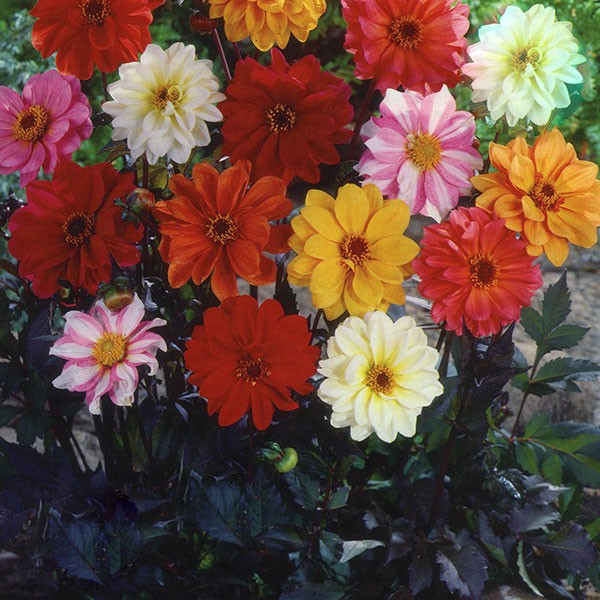
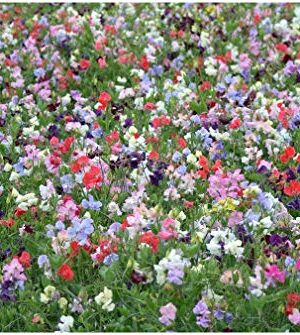
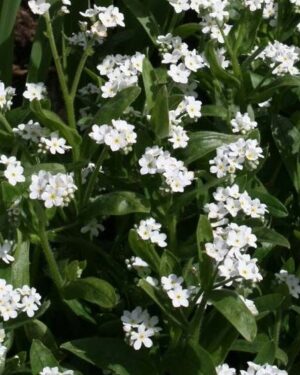
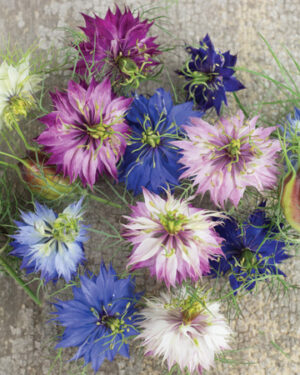

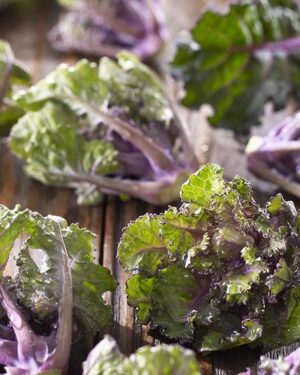

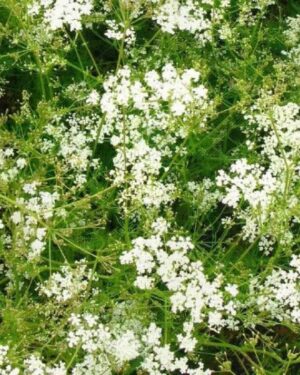
Reviews
There are no reviews yet.